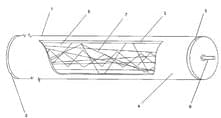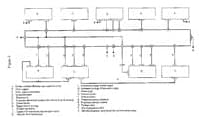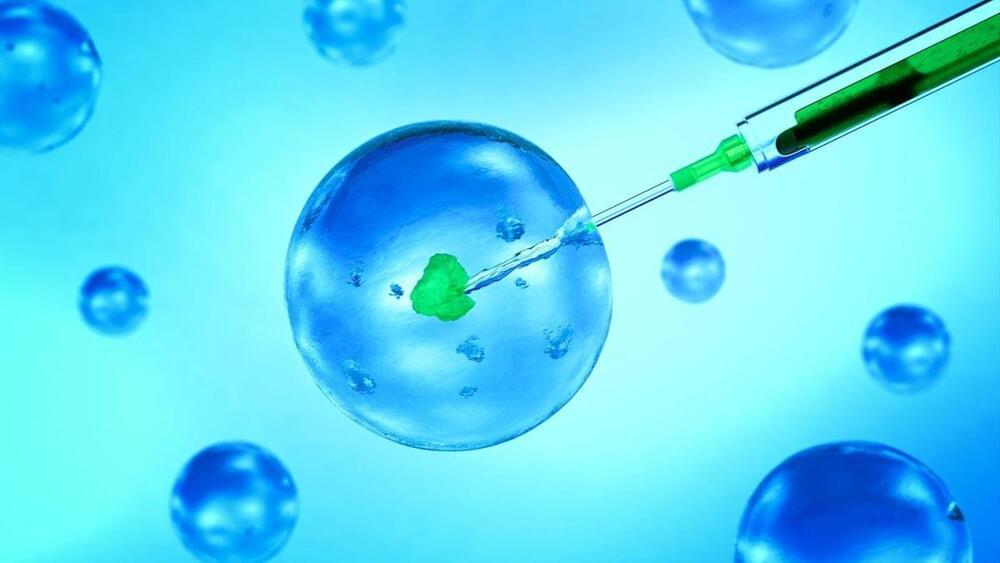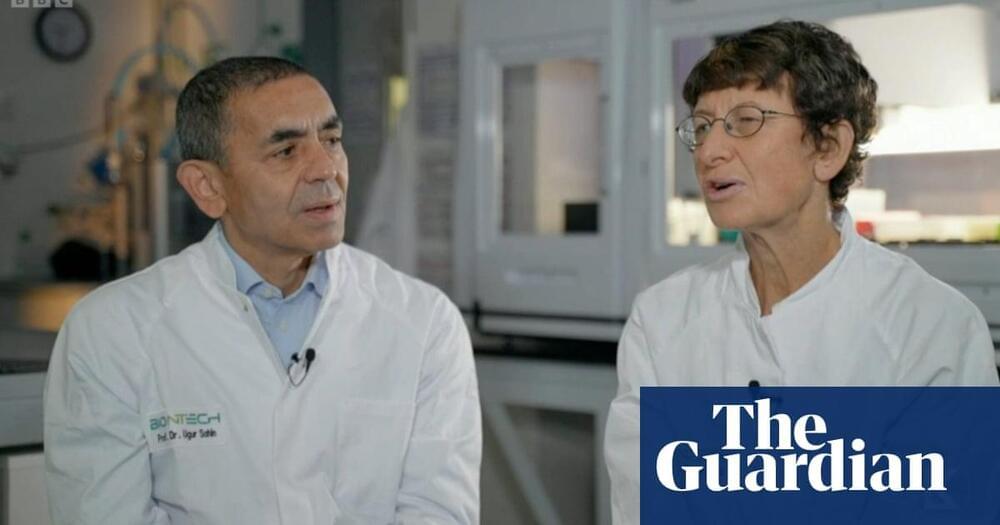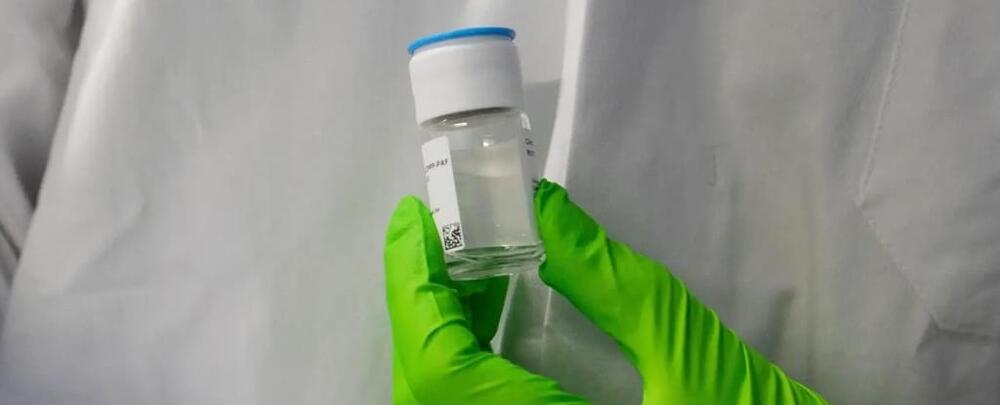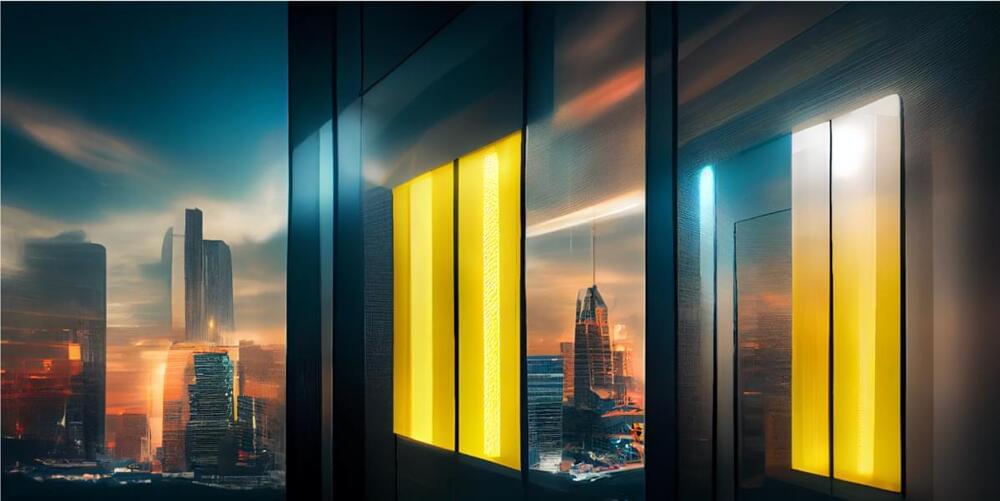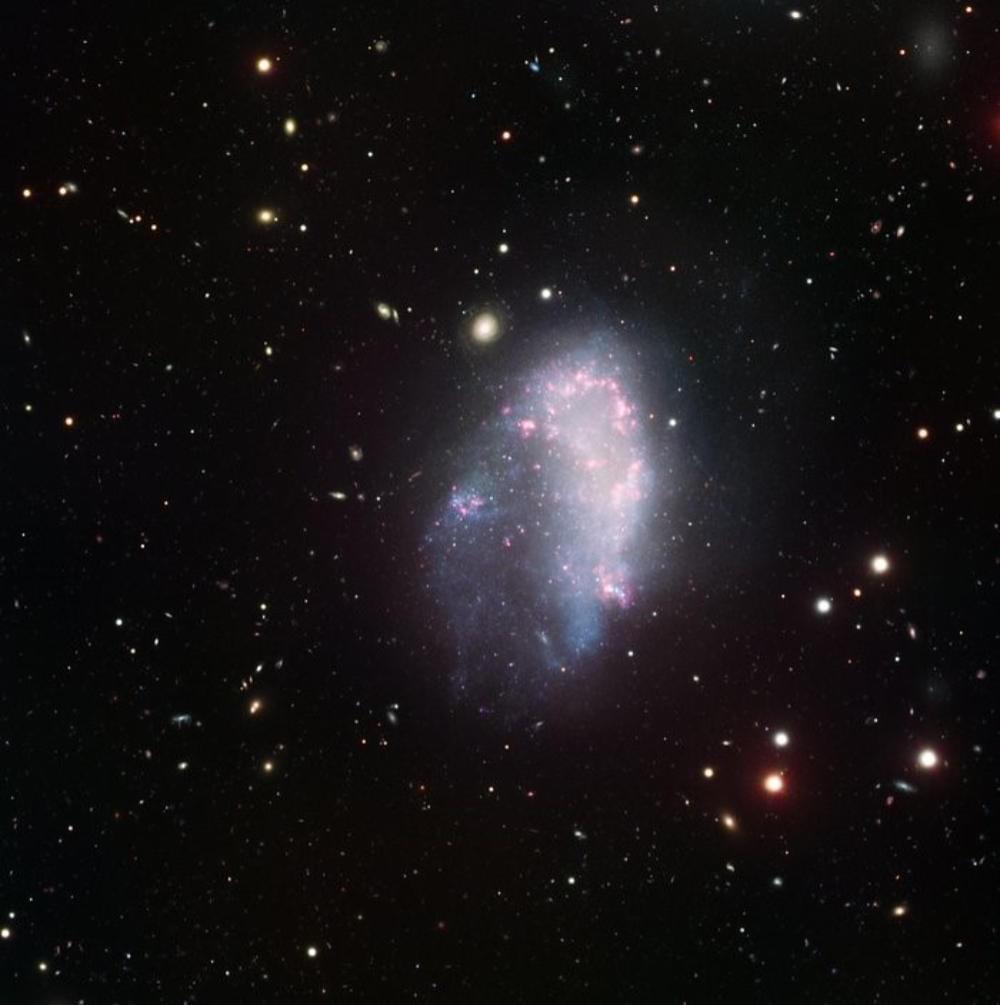The present set of complementary inventions refer to a system for the practical and inexpensive procurement of huge amounts of energy derived from the principles of matter-antimatter generation and annihilation. The generator will comprise the functions of generation, amplification, concentration and collision of photons within a specially designed self-reflective chamber; the generation of particles of matter and antimatter derived from the collision of photons; the ionization of atoms and the production of avalanches of electrons and positrons within a specialized collecting chamber; the separation of electrons and positrons by the action of powerful rotational electromagnetic fields; and, the conversion of said avalanches of electrons and positrons into electrical power.
